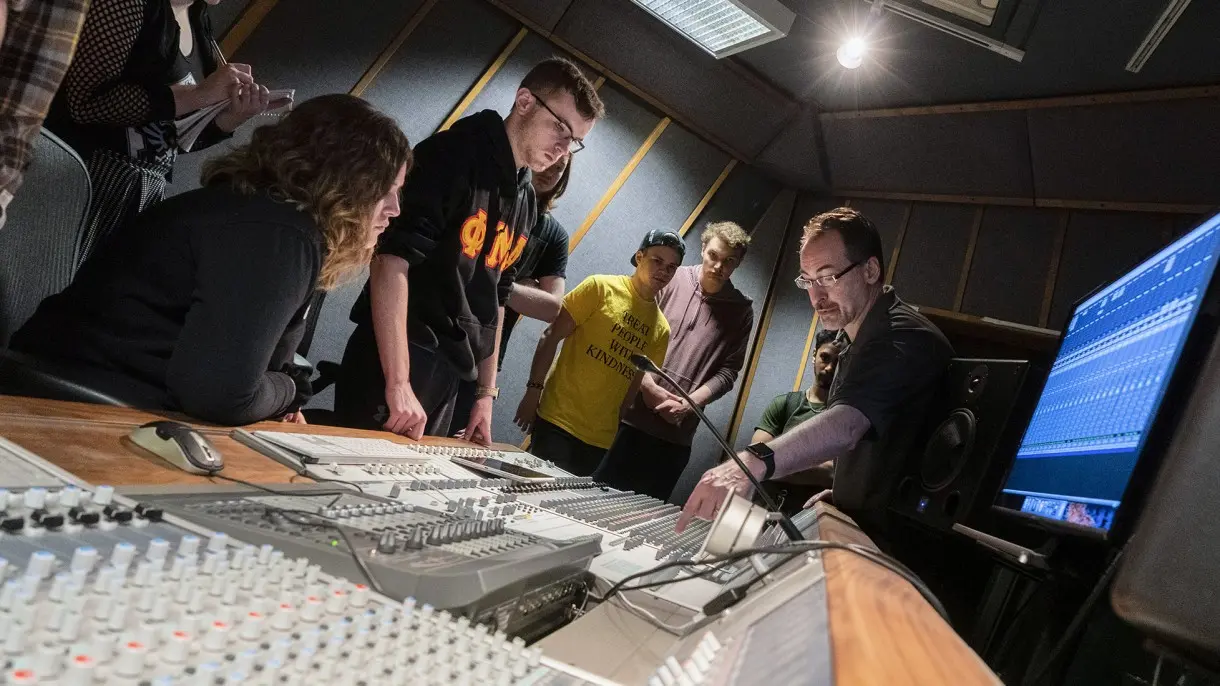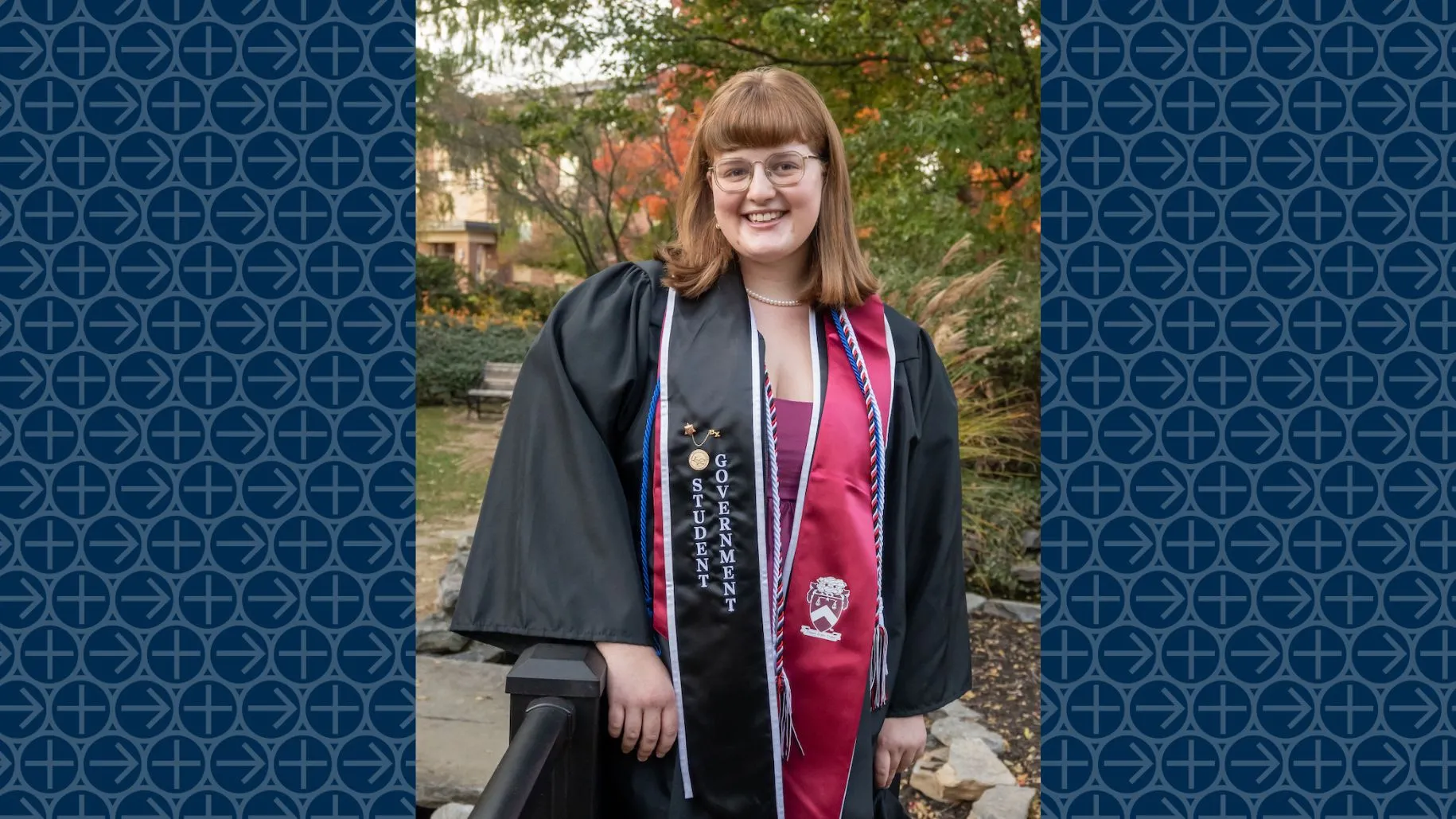
LVC News
- Accounting
- Accounting/MBA 3+1
- Actuarial Science
- Allwein Scholars
- Alumni Profiles
- Athletic Training
- Athletics
- Awards
- Biochemistry & Molecular Biology
- Biology
- Breen Center
- Business Administration
- Campus
- Chemistry
- Clinical Exercise Physiology
- Clinical Mental Health Counseling
- Community Service
- Computer Science
- Creative Arts
- Creative Writing
- Criminal Justice
- Data Science
- Digital Media
- Economics
- Education
- Engineering
- English
- Environmental Science
- Esports
- Exercise Science
- Faculty Profiles
- Gallery
- German
- Giving
- Graduate Studies
- History
- Honors
- Intelligence and Cybersecurity
- Interaction Design
- International Business and Policy
- LVEP
- Marketing
- Mathematics
- MBA
- Medical Humanities
- Medical Laboratory Science
- Music
- Music Education
- Music Production
- Neuroscience
- Nursing
- Physical Therapy
- Physics
- Political Science
- Pre-Law
- Pre-Medical Professions
- Psychology
- Self-Designed
- Social Justice and Civic Engagement
- Sociology
- Spanish
- Speech-Language Pathology
- Sport Performance
- STEM Education
- Student Profiles
- Study Abroad
- Sustainability
- Transfer
- Undecided/Exploratory
Bridging the Gap Between Technology and Human Interaction

Editor’s Note: Digital communications graduate Jonathan Lam ’23 talks about the valuable experiences that led to his current position working in user experience.
Can you tell us about your current position and what you like best about your role?
In my current role as an Associate Applicant Analyst – UI/UX at Universal Health Services (UHS), the skills I acquired in school directly apply to my work. Our team focuses on improving workflows for physicians to simplify their work, especially during busy times in the emergency room. We aim to make documentation more efficient, allowing physicians to return to patient care quickly. What I appreciate most about my job is the freedom it provides and the opportunity to apply my knowledge to enhance projects and designs.
How did your portfolio and capstone requirements prepare you for your career?
My experience with the portfolio and capstone project was invaluable. It allowed me to develop professional skills that have proven to be highly relevant in my current job. The portfolio taught me how to handle constructive criticism and organize my work, while the capstone project provided insights into collaboration and the workflow of a business, enabling me to apply my knowledge of UX fundamentals.
My capstone project was called DrinksUp in which we tried to enhance the bartending experience through methods like paying through the phone, wayfinding, and enhancing social experiences by allowing you to find people. Another project through class was Augmented Reality (AR) which allowed me to learn about new design trends where we built things like filters on faces and scanning a card and bringing up AR information. Both these projects taught me UX and UI skills and how to keep up-to-date with trends.
What additional skills did you develop in your classes at LVC?
Our interaction design class targeted a specific field that needed UX assistance—in this case, healthcare, which then lead me to my current career. Specific projects included creating interfaces to minimize data for doctors to visualize as they have to take in a lot of information quickly, and assignments like a heart rate monitor screen and a pill tracking app. Dr. [Jeff} Ritchie was very open about letting us expand your knowledge and work on projects with some criteria but enough room for choices. It helped me learn about things like HIPPA compliance and requirements for data which are also very important in my job.
What advice do you have for future DCOM students?
Dedicate effort to your projects and seek external experience through internships or client projects. Additionally, stay updated on emerging design trends and incorporate them into your work.
Learn more about Digital Communications and Interaction Design at LVC.




